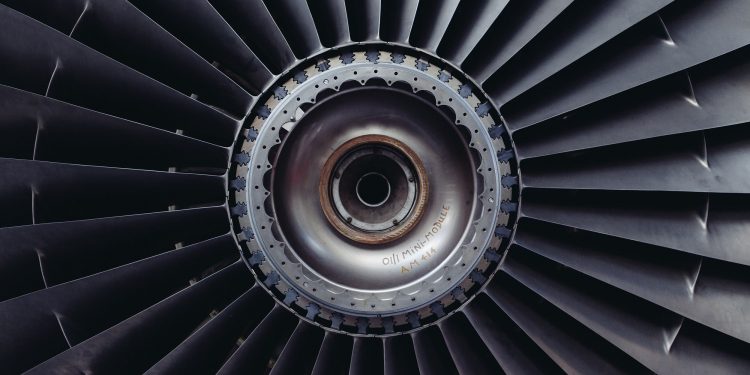Hysteresis Losses: Hysteresis loss is a heat loss caused by magnetic properties due from the armature. The armature core is in a magnetic field and the magnetic particles of the core want to line up with the magnetic field. The armature core is rotating and its magnetic field keeps changing direction. The continuous movement of the magnetic particles as they try to align themselves with the magnetic field produces molecular friction-of which this, in turn, produces heat. This heat is referred to as magnetic hysteresis loss and is then transferred to the armature windings and the heat causes the armature resistances to increase.
Eddy Current: Eddy current is also referred to as Foucault current and is an electrical phenomenon discovered in 1851. It is caused when a conductor is exposed to a changing magnetic field due to relative motion of the field source and conductor; or due to the many variations of the field with time. This can cause the circulating flow of electrons or a current within the body of the conductor. These circulating eddies of current create induced magnetic fields that oppose the change of the original magnetic field due to Lenz’s law, causing repulsive or drag forces between the conductor and the magnet. The stronger the applied magnetic field, the greater the electrical conductivity of the conductor or the faster the field that the conductor is exposed to changes and then the greater the currents that are developing and the greater the opposing field, the eddy currents create heat and electromagnetic forces.
Burnout Process: The most commonly used method for removing windings is to heat the stator to a controlled temperature (700f or 360c) to pyrolize the windings. Breaking down the volatile products makes it easier to remove the windings, which in turn prevents the mechanical damage to the laminated core.
Coreplate: Coreplate is the electrical insulation on the electrical steel laminations. Coreplate is usually comprised of organic varnishes or inorganic material. It varies widely in quality, depending on the motor size and manufacturer. Some European manufacturers use a “steam blue” process, which results in a fragile insulation, blue in color and susceptible to damage from the burnout process.
Laminations: Laminations are thins sheets of steel, stacked together to comprise the stator core of an electric motor. They must be electrically insulated from one another to control eddy current losses when the motor operates. Typical thickness of an individual lamination is 0.022″ to 0.28″ (.5mm to .7mm), so a typical core has approximately 40 laminations per inch of stack length. Given a typical 300HP core is over 2 feet (61 cm) long, the labor required to manually clean a thousand laminations (24/0.024=1,000) is evident.
Power Factor: Power factor is not reported by all commercial core-loss testers. It is an indication of the staking “tightness” and can indicate how widespread the damage is. PF below 0.70 is considered “good”, while 0.7-0.09 is “marginal”. Values of PF in excess of 0.9 are considered “bad”.
Watts loss/pound(kg): Watts loss is a measure of the quality of interlaminar insulation (coreplate). Watts /pound loss limits vary with the type of steel (carbon or silicone) and the core-loss tester used, but the lower the watts loss/pound the better. Commercial core testers generally use 6 to 8 watts/pound as an upper limit. Some others use a more conservative value of 4 watts/pound (8.6/watts/kg).

